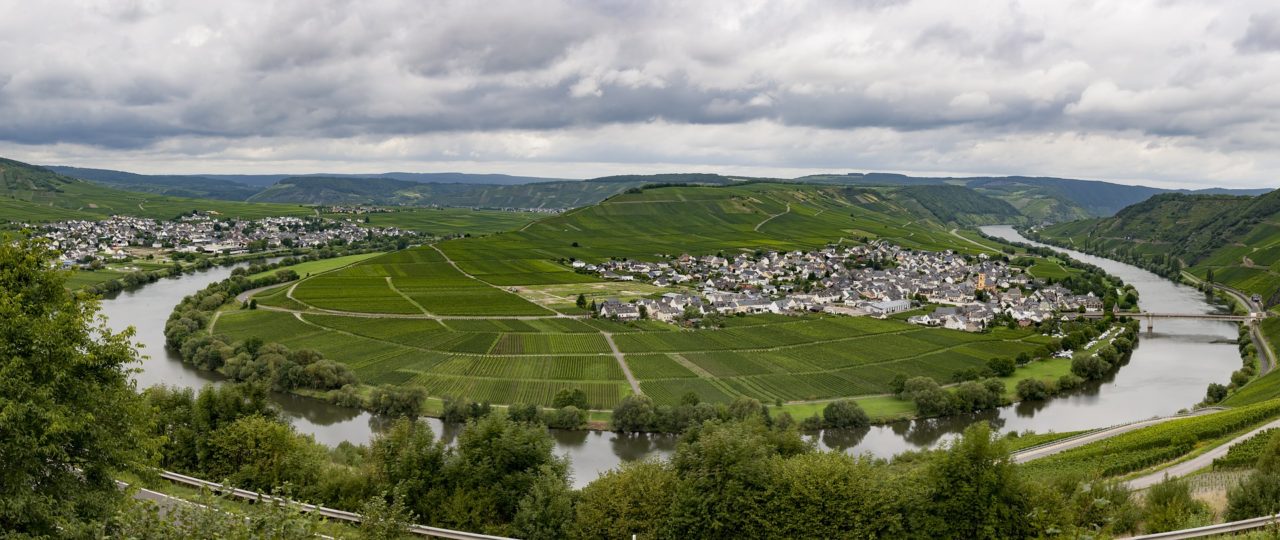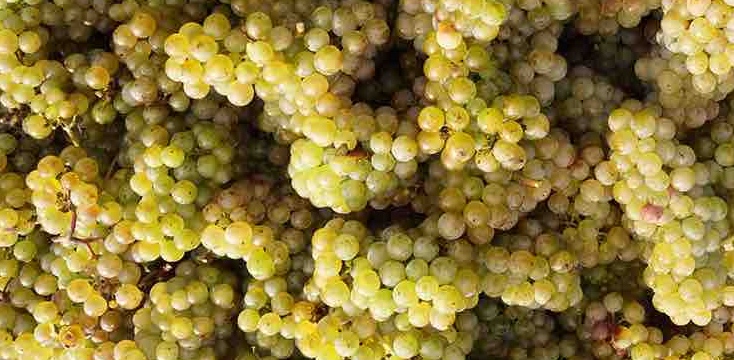 The Hofgut Falkenstein, or a Riesling Spätlese from the winery, has already been the subject of this blog, nevertheless here are the most important points about the winery: Erich Weber and his son Johannes are responsible for the winery. Both studied viticulture in Geisenheim and it seems that they have a very similar view of Riesling vines and whose wines. Their philosophy seems to be characterized on the one hand by renunciation: no fertilisers, fungicides, herbicides and pesticides in the vineyard, no pure culture yeasts,
The Hofgut Falkenstein, or a Riesling Spätlese from the winery, has already been the subject of this blog, nevertheless here are the most important points about the winery: Erich Weber and his son Johannes are responsible for the winery. Both studied viticulture in Geisenheim and it seems that they have a very similar view of Riesling vines and whose wines. Their philosophy seems to be characterized on the one hand by renunciation: no fertilisers, fungicides, herbicides and pesticides in the vineyard, no pure culture yeasts,
 Karl-Heinz Datum
Karl-Heinz Datum
PX-Sherry Bertola – herbal sweetness
Pedro Ximénez Sherry is one of the sweetest wines in the world. Only the Pedro Ximénez grape variety is used for its production. For this purpose, the overripe grapes are dried in the sun after the harvest, which not only increases the sugar content, but also the aromas and at the same time the acidity. Moscatel sherry is made the same way. These two wines are so-called
Floral Riesling Kabinett from Wolfer Sonnenlay
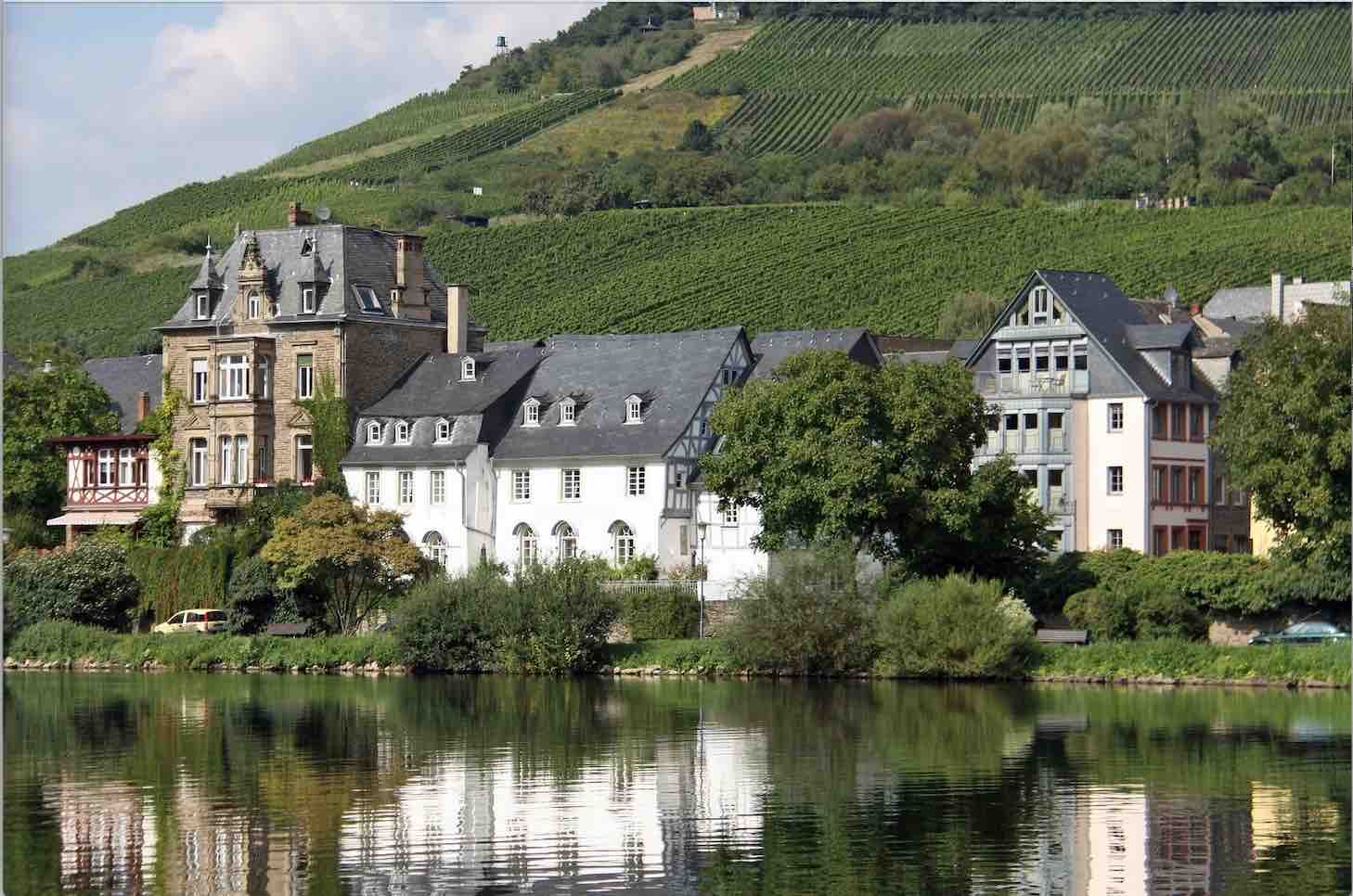
Konstantin Weiser and Alexandra Künstler started with leased 1.8 hectares in the Enkircher Ellergrub. Today they cultivate 4.6 hectares, exclusively Riesling, in Enkirch these are Ellergrub, Zeppwingert and Steffensberg sites, and besides the Trabener Gaispfad, Wolfer Sonnenlay and some smaller steep plots
Taut Auslese from the red shale
![]()
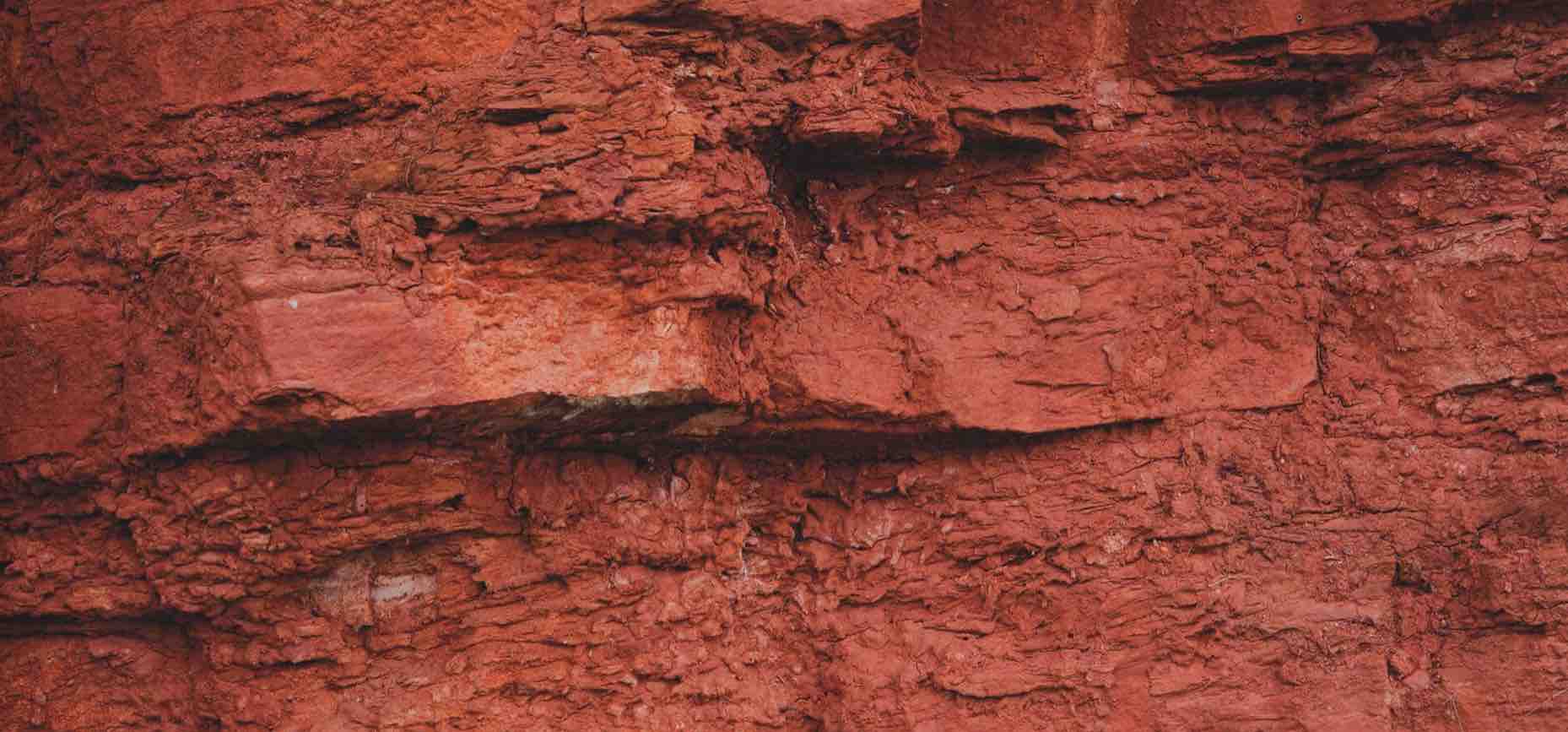
The Rheinhessen wine-growing region comprises 3 areas, 24 major sites and 432 individual sites, at least that is how it can be read in Wikipedia, not a word about the fact that some of the best and most well-known wine sites in Germany can be found there. In any case the Roter Hang has to be named, which is
Santo(rin)i’s Christmas wine – Vinsanto
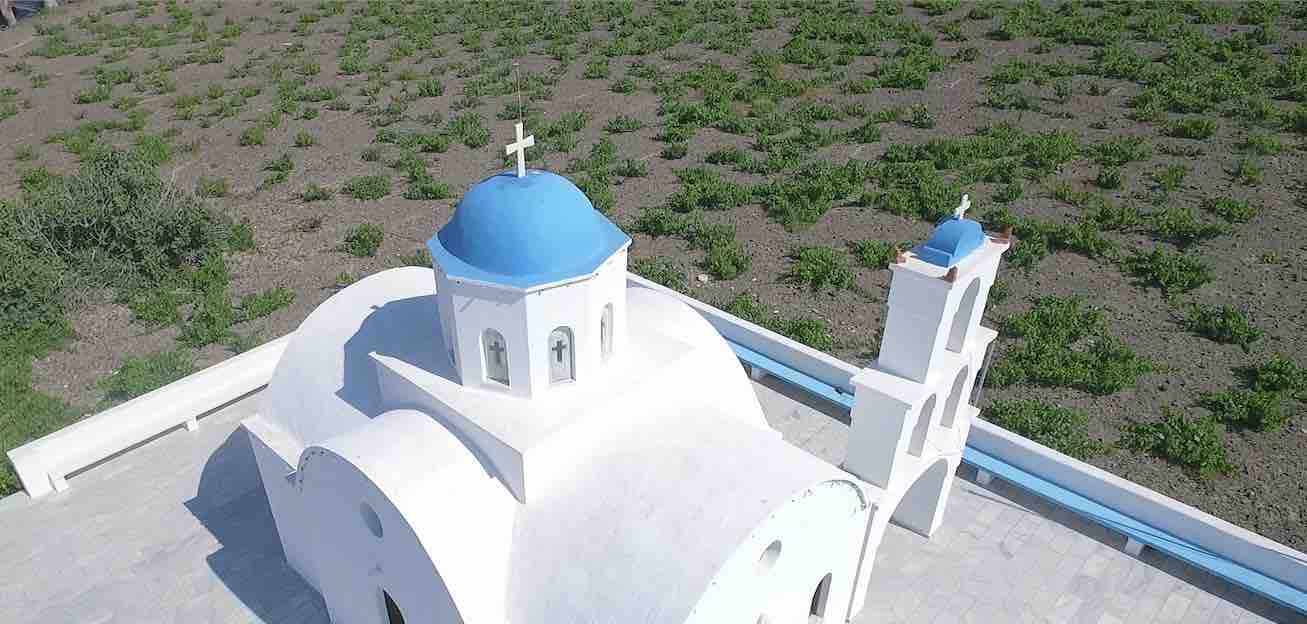
The wines of Santorini differ in one essential point from almost all other Greek wines. The grapes come from real-root vines, means they are not grafted, as the phylloxera cannot survive in the barren, sandy soil of the island, which consists of volcanic ash and pumice. The vine training system is done in a rarely used way: the vine shoots are “braided” into a wreath,
Aromatic Moscato Giallo from Tramin
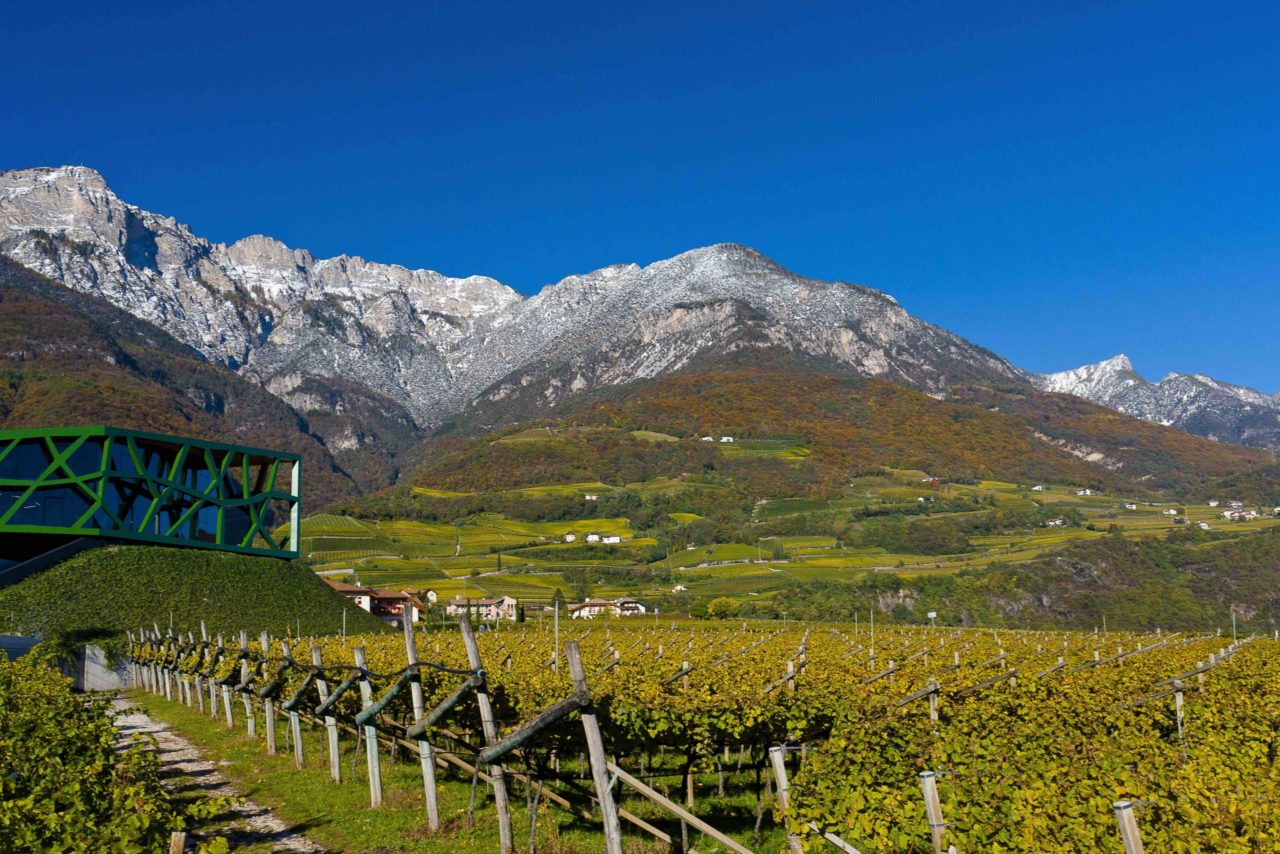
Tramin, located on the Adige south of Bozen, describes itself as the cradle of the Gewürztraminer. There the Cantina Tramin is to be found, a cooperative founded in 1898 by the local priest at the time.
Liatiko – Crete’s red sweet wine
Southwest of Heraklion lies the Psiloritis massif, also known as the Ida Mountains, on the north-eastern slopes of which the vineyards of the Dafnes wine-growing region are located at heights between 300 and 500 m. There, mainly local traditional vines, such as the white varieties Vidiano, Vilana or Thrapsathiri as well as the red varieties Kotsifali, Mandilaria and Liatiko, thrive on lighter, sandy, often gravelly, mostly poorly fertile soils.
Matured white port – tannin, colour and aroma
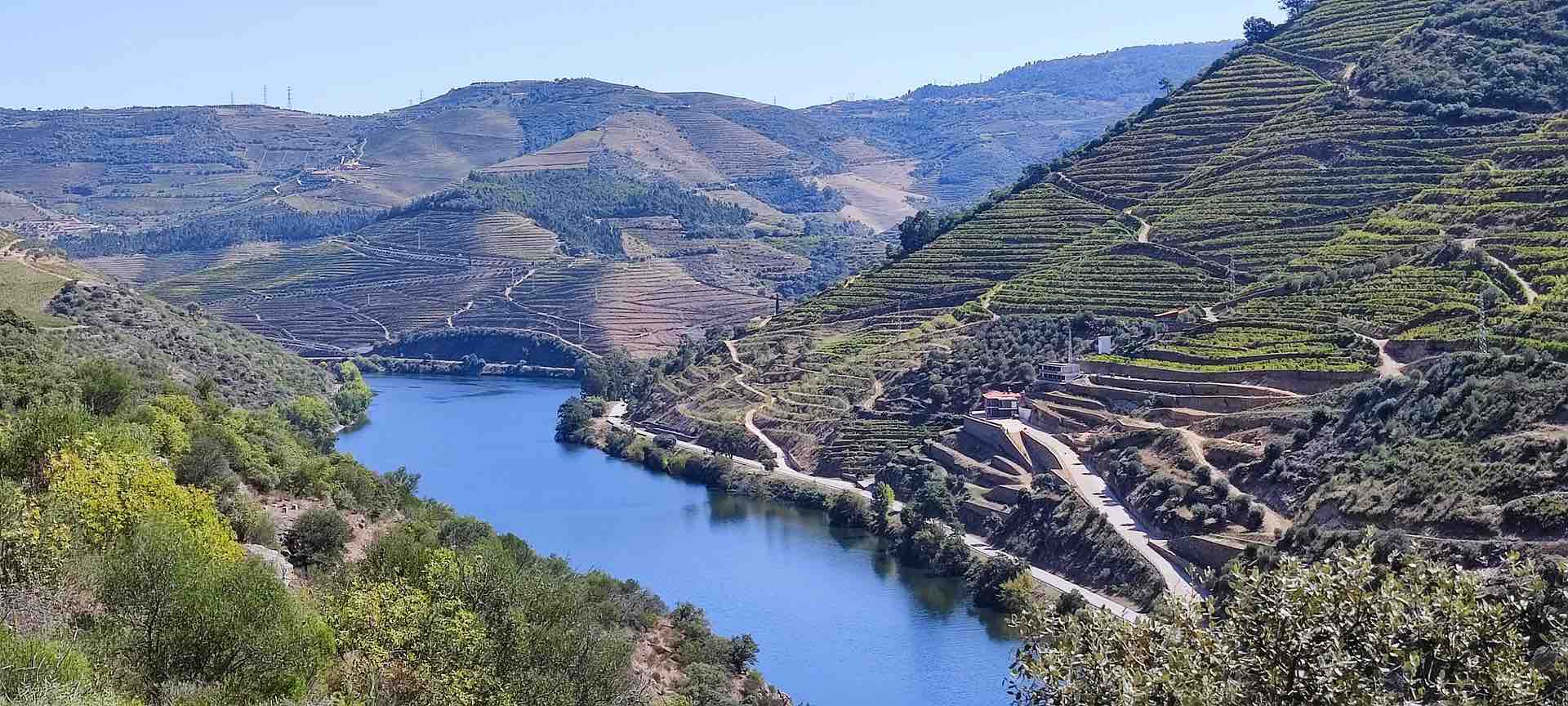
The history of Kopke begins with Nicolau Köpke, who settled in Portugal as Consul General of the Hanseatic League in 1636, shipped the first bottles of wine as early as 1638 and rose to become a major port wine producer by buying an agricultural property in 1781. Through acquisitions, such as the Quinta de São Luiz
Don PX – Sherry from Montilla-Moriles
Finally, after Corona, for the first time there was a tasting with winemakers and other fellow tasters. The Spanish economic and trade department ICEX invited to the Charles Hotel in Munich, where the Spanish Wine Fair 2021 entitled Wine in Motions took place on October 11th. 22 wineries were represented, one of which caught my attention as it had wines made exclusively from Pedro Ximénez (PX). A grape variety that is grown in southern Spain, mainly in the Andalusian region of Montilla-Moriles, and is mainly used there and in Jerez for the production of sherry.
The Bodega Toro Albalá, founded in Córdoba in 1922, is very well known … Read more ...
Trittenheimer Apotheke Auslese – mineral, elegant, herbaceous
The name Trittenheimer Apotheke probably does not go back to a medical origin, but rather has its origin in the fact that in earlier times an abbey was the owner of this vineyard.



